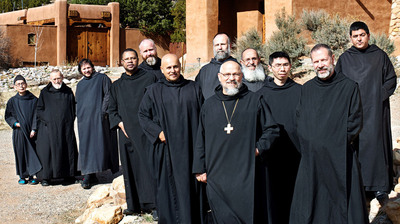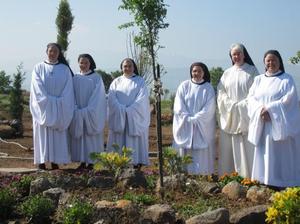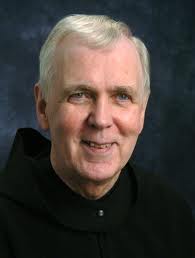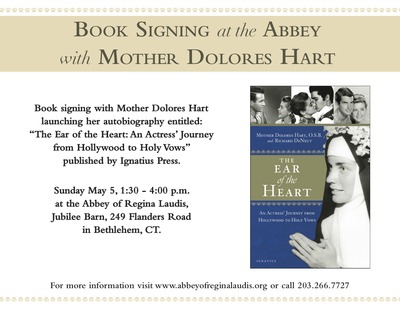One of the weekly gifts for me is to read the reflections of Abbot Philip of the Abbey of Christ in the Desert (Abiquiu, NM). Abbot Philip is a real good man with a practical spiritual insight and tons of experience. He’s been a religious superior for a long time. This week’s reflection in part dealt with the abbot’s fraternal visit to the Monastero de Nuestra Señora de la Soledad (Monastery of Our Lady of Solitude) located outside of San Miguel de Allende, Guanajuato, México.
The Benedictines of Our Lady of Solitude started very modestly in 1974 by Father Aelred Wall. Though a long time since the founding, Our Lady of Solitude now has ten monks who are dependent on the assistance of Christ in the Desert.
The Mexican monasteries seem to be doing well. And they deserve our fraternal and material support.
Though a little dated, this video of the monastery of Soledad reflects certain beauty.




 You know from a previous post here that
You know from a previous post here that 



